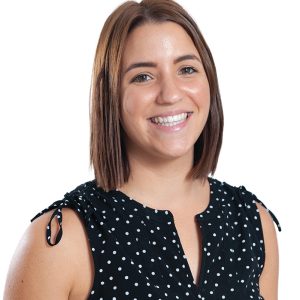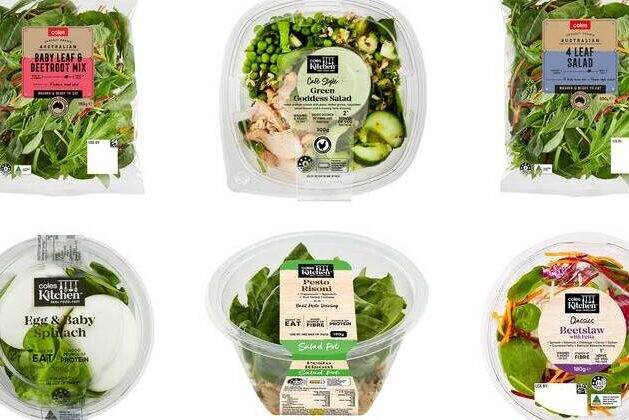
WHILE many architects dream of making architecture more accessible, Sarah Lebner is doing it.
That’s what Australian Institute of Architects’ president Alice Hampson said about Sarah, 32, of Gungahlin, when she was announced as the winner of the National Emerging Architecture Prize.
The award was unexpected for the principal architect at the multi-disciplinary firm, Light House Architecture and Science.
“I always dreamt of winning the state one. Some of the state winners have always been my idols so I was pretty blown away [to win the national prize],” says Sarah after she was applauded by the prize jury for her work in making quality, architect-designed homes more affordable, and for her role in educating the community.
A farm girl from SA, she moved to Canberra to study architecture at UC, before joining the Light House team in 2013.
Since then, she’s been working on rethinking the design process and making it more accessible and affordable for people to build energy-efficient, cost-effective homes.
“Design tends to be seen as a luxury service, but actually it can really help people achieve better and more affordable outcomes in their homes,” she says.
“There’s still this perception that architecture is an elite service but increasingly, practices like our own are really motivated by helping people with more ‘average budgets’ to achieve great things.”
Sarah’s goal is to change the construction industry and how people live, and describes some of the things done in the housing industry as “madness”.
For example, she says homes are rarely facing in the “right” direction even though it doesn’t cost any more to do so.
“Facing a home the wrong way in Canberra is like choosing to park your car in the sun for the rest of your life,” Sarah says.
“It’s madness to me,” according to Sarah, who says just that one change in the design process means homes would have sun-filled rooms in winter and shade for cooler homes in the summer.
“When we think about the amount of design thinking that goes into everything else we use and purchase in our lives like cars and mobile phones and even handbags, and then when we take our house, which is usually the single biggest purchase of our lifetime, we seem to think that design thinking is not important,” she says.
“Nationally, the percentage of people that use an architect when building a new home is less than four per cent.
“I would love to see people thinking a bit more about what’s possible with their home. We spend so much of our time in our homes and they’re the one place where we do have control of how they operate yet most homes are just people looking at what their neighbours are doing and replicating it.”
The size of homes is one thing that people are replicating, Sarah says, with Australia topping the charts when it comes to building the biggest houses in the world, and Canberrans building the biggest houses in Australia, according to a recent Commsec report.
But Sarah says this push towards building big houses is a product of lazy design or a poor attitude towards design.
“A big part of energy efficient homes is actually clever design so having a smaller, more effective footprint, so that you don’t have to build as much house and you can retain more backyard and save more money,” she says.
One big way Sarah’s been helping to change the industry through the practice she works at is through its modular design process.
“We looked at the project-home housing industry, which has off-the-plan solutions but they’re usually really poorly suited to the site,” she says.
“They don’t deliver great quality or site-specific solutions, but then at the other end of the spectrum often engaging an architect is a timely and expensive process so we looked at how we could combine the best bits that worked from each of those ideas and that’s what we call our modular-design process.
“We have predesigned elements of a house that work together really well but then we pull them together in a custom way to suit each site, orientation, brief and budget.
“We’ve been doing a lot of work in the bushfire area but also flexible homes so people can work from home but the use of the home can change – adult children can stay at home and then we often design our homes so once kids leave home part of the house can be rented out so you’ve got that flexible use of space and another source of income.”
Sarah also impressed the judges with her book titled “101 Things I Didn’t Learn in Architecture School – and Wish I Had Known Before My First Job”, which has grown into a platform for helping students and graduates bridge the gap between study and practice.
Her favourite tip from the book is titled “Make the most of being naive”, saying the beginning of a career is the best time to ask questions because everyone expects them to know nothing.
Who can be trusted?
In a world of spin and confusion, there’s never been a more important time to support independent journalism in Canberra.
If you trust our work online and want to enforce the power of independent voices, I invite you to make a small contribution.
Every dollar of support is invested back into our journalism to help keep citynews.com.au strong and free.
Thank you,
Ian Meikle, editor









Leave a Reply